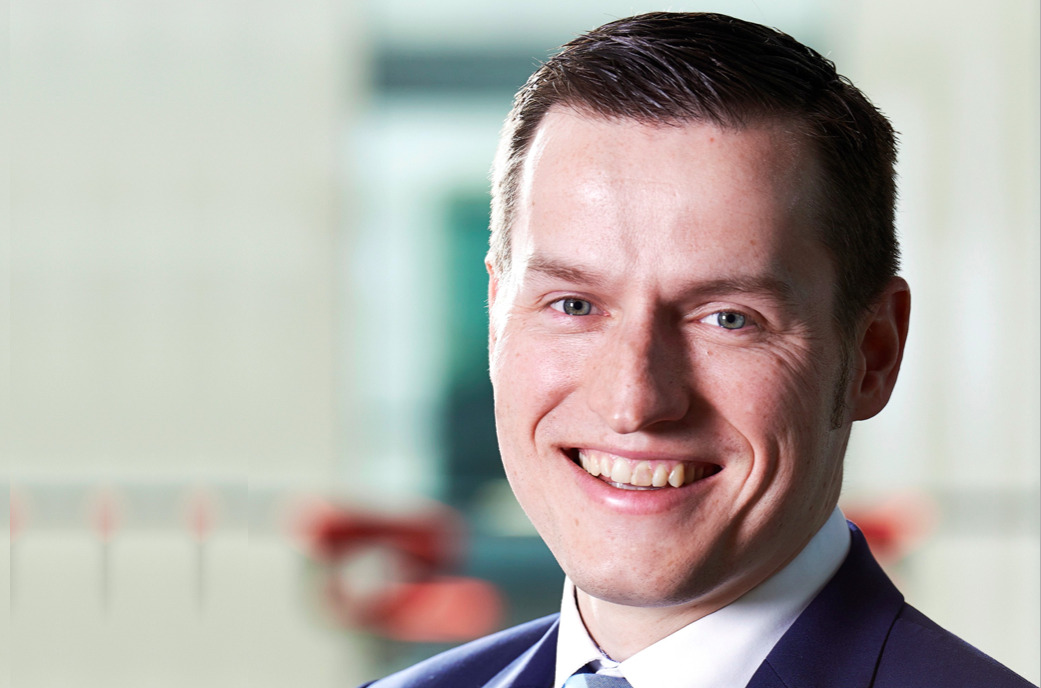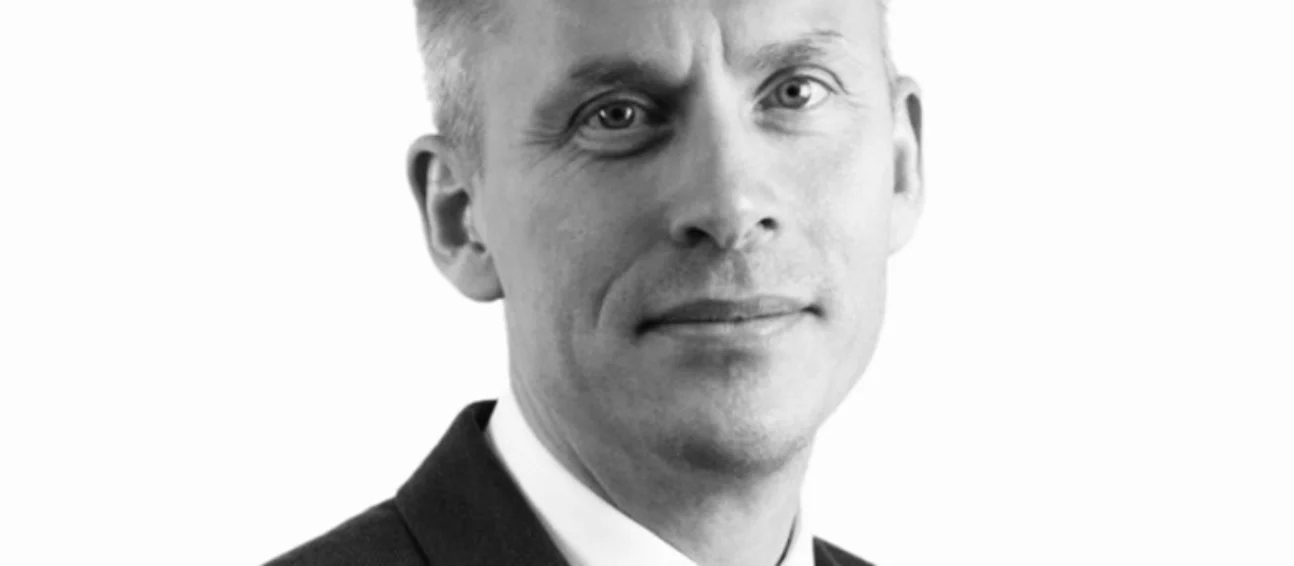By Hamlin Lovell, NordicInvestor
NordicInvestor interviewed Christoph Junge, Head of Alternatives at Velliv, Denmark’s third largest commercial pension company, to find out how they select infrastructure managers. Velliv invests through external infrastructure funds, and sometimes does club deals with other pension funds in the Nordics.
Do you invest in infrastructure debt or equity, and publicly listed or private assets? Which do you prefer at different stages of the cycle?
Christoph: We do invest in private infrastructure equity but could potentially also invest in private debt. Given the long-term nature of this asset class, we are not trying to time the cycle but to build a portfolio that has the characteristics we want to achieve with this asset class. Our focus is on contracted or regulated assets that can deliver somewhat stable returns and inflation linkage. The profile of listed infrastructure can deviate substantially from the assets available on the private market. Our colleagues on the equity desk may invest in publicly listed infrastructure.
Do you like mega market, mid-market, or smaller deals?
Christoph: It all comes down to having the right manager with the right skillset for the different parts of the markets. While some larger assets certainly are traded at higher prices due to “trophy status”, the mega-cap transactions are typically only accessible for very few investors implicating less competition. And this is not only marketing language from some mega-cap managers as EDHECinfra also found that the size factor systematically attracts a positive premium as the largest assets typically are more illiquid and complex. This is the opposite of what we can observe in public markets where small caps typically are less liquid and attract a positive premium. On the other hand, the right manager can also extract value from smaller deals, for example by buy-and-build strategies through bolt-on acquisitions. This requires a different skillset than pulling off mega deals. My impression is that upper-mid and large cap are the most crowded parts of the market.
Do you invest in US, Europe, Developed Asia, emerging markets, frontier markets?
Christoph: Our focus is on Europe and Northern America, but we have also invested in some global funds with both Developed Asia and EM exposure. Frontier markets are currently not part of our strategy as the risk would not fit our overall goal with the infra allocation – namely stable returns.
Where do you see the best value now?
Christoph: Again, it comes down to what you want to achieve with your infra allocation. Our focus is on identifying the right manager, the mega trends in the markets and to build a resilient portfolio that delivers on our goals. Some of the sectors we like are linked to the digitalization and decarbonization of our world but also essential, quasi-monopolistic services like district heating or water & waste. We pay our managers for selecting the right assets and we take care of the overall portfolio construction of our infrastructure program to make sure that no single risk becomes dominating. For example, even though I like the contracted nature of renewables I am also aware of the power price risk once the PPA (power purchase agreement) runs off. Not to mention the technological risk. The life span of these assets is typically a lot longer than the PPA’s and leaves the residual value at risk. From a portfolio perspective it makes sense to keep this risk balanced and to also invest in other assets like storage or electricity grids as they benefit from the overall push towards electrification but are independent from the generating source of electricity. Portfolio construction is where I see the best value, not whether renewables are priced to perfection or not.
Do you feel comfortable with leverage at the project level, fund level or both? Have leverage costs risen this year?
Christoph: Leverage on the project / company level is market standard and we are comfortable with that. Of course, some assets can carry higher leverage than others, but I’d prefer not to over-lever for the sake of IRRs. I haven’t come across fund level leverage in infrastructure yet, only in real estate, and I prefer to keep it that way.
Do you invest in evergreen or closed end fund structures? What maturities make sense for closed end funds – 5,10,20 or more years?
Christoph: We have invested in both and both make sense depending on the strategy. For pure core infrastructure assets, evergreens or 15 – 20-year closed end funds make more sense. In my opinion, these types of assets are not suited for PE-style asset flipping. For funds focusing on greenfield projects or investors with liquidity needs a closed-end structure can be more suitable.
Sectors
Are travel related infrastructure assets e.g. airports seeing lower valuations? Is this a good long term opportunity?
Christoph: Yes, there was a repricing in H1 2020 of airports due to COVID-19. Passenger volume was down by 91% YoY in May, this has of course an impact even though the very long life of these types of assets helps a bit on the valuations. The IATA expects travel volumes to be back at 2019 levels by 2023-2024. But these are challenging times and it remains to be seen whether travel patterns are changed for good by the pandemic or not.
Would the same apply to those directly correlated with GDP performance (e.g., ports)?
Christoph: Absolutely. Ports are linked to global trade and trade decreases during a recession, so this was not exclusive to COVID-19. But what was special were the supply-side disruptions to seaborne trade we have seen in the first quarter of 2020, particularly from Chinese manufacturers. This could potentially lead to less offshoring of production in the future to make supply chains more resilient and that would impact ports longer-term.
What about public transport? Some UK providers are now taking state support and it is not clear when volumes may return to normal.
Christoph: There are many factors influencing the use of public transport. On the one hand, there is the fear of the virus and the urge for social distancing. On the other hand, there is the push towards more public transport and less individual transport for environmental reasons. And this includes the push for using trains even for longer distances instead of flying. In my opinion it is crucial how the pandemic develops. Toll roads could be a natural hedge for both public transport and airports. During the lockdown toll roads were severely hit due to falling volumes but longer term we could potentially see more individual traffic for both commute and travel should the virus stay with us for longer.
And finally, for infrastructure investors it all comes down to the type of asset and contract. Operators are hit, but for rolling stock investors with contracted revenues nothing has changed so far.
How about telecoms, water, healthcare, and related assets?
Christoph: Those were more resilient as they provide essential services and of a contracted/regulated nature. The same holds true for wind parks for example with strong counterparts. Should the crisis extend, the default of counterparts or rising bad credit among water, telecoms etc. clients could become an issue.
Political Risk
How do you assess political risk in various countries, in terms of populist politicians changing deals, or even nationalising some firms or projects?
Christoph: Unfortunately, political risk is part of investing in infrastructure. We have seen before that subsidy schemes have been altered and also the threat of nationalization pops up from time to time, like last year in the UK when Labour announced plans to nationalise infrastructure. Therefore, our required return for otherwise identical assets is higher in politically and/or fiscally less stable regions than for example the Nordics or Western Europe like Germany and The Netherlands.
How is increased government debt likely to impact infrastructure? Will it increase the need for private sector involvement because governments need to remove assets and liabilities from their own balance sheets? Is there a risk of more taxation or unfavourable regulatory regimes?
Christoph: There is already a massive gap – some estimates are in the range of 15 trillion USD over the next 20 years – between the infrastructure investments needed in order to just keep pace with projected GDP growth and what is actually invested globally. But unfortunately, most governments simply don’t have the resources needed to fully finance their infrastructure needs.
In my view, the private sector can play a vital role here to help filling the gap. Governments can and should incentivise investors through the design and implementation of policies. It would not be wise to penalise infrastructure investors by imposing higher taxes or less favourable regulatory regimes given the need for investments. On the other hand, we have already seen subsidy free renewable projects that are competitive, so subsidies are not always required for investors to close the gap but a stable regulatory regime is key to reach the goal.
Do you use infrastructure for impact investing?
Christoph: On the private equity side, which is separate from our infrastructure allocation, we have recently made our very first impact investment and I also expect that there will be more in the future, including infrastructure.
Are impact investing projects likely to involve sacrificing some financial return, or could they have similar return targets to other projects?
Christoph: If impact investing is to succeed, it cannot sacrifice returns because we also have a fiduciary duty to our clients. And with attractive returns comes also scale. With that being said, there are also philanthropic investors who are willing to sacrifice returns



